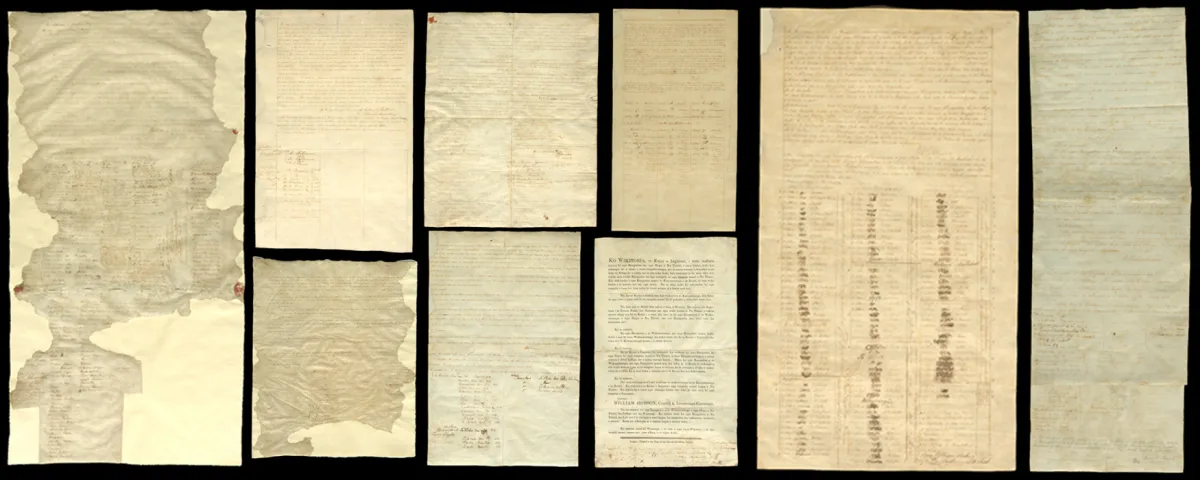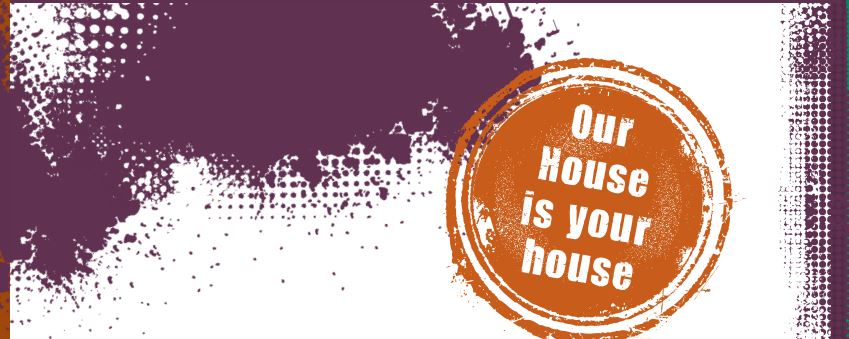Te Tiriti o Waitangi: Aspirations, Rights and Interests 101 - part two
A wee while ago now I wrote an Indira-perspective, te ao Pākeha, entry-level post about the concept of Aspirations, Rights and Interests (ARI) as it pertains to Te Tiriti o Waitangi. In it I said there was more to come and here is it. Welcome.
Please read part one before you read this. It explains my feelings about, and motivation for writing these posts and the strict parameters within which I do so. All are really important! Covered as well are the three articles that make up Te Tiriti o Waitangi, definitions of ARI, and the Crown’s obligations. There are also links to other reputable sources of information.
In part one I also say ‘impact’ a lot, stuff like “under Te Tiriti o Waitangi the Crown is obligated to consider the impact of its actions on the ARI of iwi Māori”. In this post I offer a way to understand that same word, that’s its main gist.
In case you can’t be arsed to read part one (if this is you, you are stink) here’s a brief (inadequate) recap. It’s the bare minimum you need to know in order to make sense of what’s to come.
Te Tiriti o Waitangi is made up of three articles. Really basically, in the Te Reo version Article One gives the Crown with the right to govern Aotearoa NZ. Article Two gives Māori the right to make decisions over resources and taonga. Article Three gives Māori all citizenship rights of British subjects.
To adhere to The Treaty and enact good governance - as per Article One - the Crown must consider the impacts of its decisions on the ARI of Māori. Article Two requires this be done in relation to resources and taonga. Article Three requires it be done in relation to the accessing of citizenship rights.

The nine sheets that make up te Tiriti O Waitangi. Image from Archives NZ.
‘Impact’
Like I said I tend to throw around sentences like, “under Te Tiriti o Waitangi the Crown is obligated to consider the impact of its actions on the ARI of Māori”. All this seems fine and dandy and no doubt everyone thinks they know what ‘impact’ means. And in an everyday sense this is probably true. In the context of The Treaty however, the general term is too vague to be of any pragmatic use. Here, ‘impact’ needs defining; some articulated criteria against which to consider it.
Before I get to what this is, I first need to explain why having it’s important.
I work in a government department. Some people think this means I work for the Crown1 but this is not exactly right, at least in a pure sense. Those who work in government departments are public servants, i.e. servants of the public, i.e. the public being all of you. What we do in government departments is advise, work with, and on behalf of, whoever you the public, voted for. And this is how I think about my job. I am a public servant.
Being a good public servant (which I aspire to be) means being aware of Te Tiriti o Waitangi and working to help fulfil Crown obligations, however small the context or task. Part of this is considering the impacts of decisions on the ARI of Māori. It’s important.
So that’s why I do it. The next part is about how I do it, but first some important caveats –
What I’m going to share is not in any way endorsed, mandated or uniformly used in any official sense. It is based on publicly accessible and appropriate guidance but it’s my own synthesis of this stuff; designed as a tool to help with thinking and analysis in my own work.
It is not at all appropriate or intended for use in any kind of significant, complex Crown–Māori relationship or Treaty-related context. The approach is basic and only for the kinds of situations I encounter in my role. These are often not explicitly ‘Māori’ and are usually internally focussed.
And finally, as always, everything I say is problematic.

Click here to find out about the steps Parliament has taken to recognise The Treaty of Waitangi.
Approach & definitions2
When I consider the ‘impact’ of my public service decisions or actions I do so in three ways. They’re interconnected and are:
- Types of ARI impacted
- Levels of impact
- Demographic impact
Types of ARI
Articles Two and Three3 of Te Tiriti o Waitangi direct me to the types of ARI I need to consider.
Article Two provides for te tino rangatiratanga, which gives Māori the right to control resources and taonga.4 This Article compels the Crown to specifically consider ARI in any decisions or actions that impact taonga-type interests.
Article Three grants New Zealand citizenship to Māori and access to all the advantages this brings. It requires attention to equity-type interests, i.e. when decisions or actions impact Māori differently from other population groups.
Levels of impact
Levels are about the significance or size of a decision’s impact, either positive or negative. These are described as:
Minor: when effects on Māori ARI are not special or are minimal. For example, the granting of a minor variation to an individual building consent under the Building Regulations Act 2009.5
Moderate: when Māori ARI are affected but wider interests take priority. For example the Severe Weather Emergency Legislation Act 2023 which allows for action at a national level, but does effect Māori communities hit by weather events.
Significant: when Māori ARI are overwhelming and compelling, central to the issue and will be significantly impacted. The Three Waters reform is a timely example of this.
Demographic impact
This is about who an issue or decision particularly impacts.
Local: Māori are affected in a small group, often localised way or a specific community of interest (e.g. whānau, hapū, marae, local boards, Māori artists, activists or living in Australia etc.)
Regional: Māori in a regional area are affected (e.g. iwi, collectives/rōpū, local government etc.)
National: all Māori in Aotearoa are affected (e.g. anything to do with education, health, the economy, culture and heritage, the environment, justice and crime etc.)
Putting it all together
So like I said, when I think about the impacts of a specific context or decision on the ARI of Māori, I put these three things together. I ask myself:
- What type of ARI does this decision impact on? Taonga-type interests, equity-type interests or both?
- What’s the level of impact? Minor and/or moderate and/or significant?
- Who is impacted? A local and/or regional and/or national demographic?
I usually use a table to try and figure it out. Here’s a brief, shallow, hastily thought through example. It’s not of a public service-type issue because that would not be O.K. Instead it’s about putting together an Aotearoa NZ women’s comic anthology.
Issue or context | Type of ARI | Level of impact | Demographic impact |
Putting together an anthology of Aotearoa NZ women's comics |
|
|
|
And that’s it. I really welcome any feedback, including critical. It is through this that I learn and grow.
Footnotes:
1. For the purpose of this post I’m using ‘government’ and ‘Crown’ as synonyms. This is not quite right but it’ll do in this context.
2. A reminder that – Aspiration is a strong desire or ambition to achieve something significant (hopes/aims); Right is a just and inarguable claim to something (legitimacy/authority); Interest is a share or stake in something (involvement/inclusion); and that effects on all of them can be positive and/or negative depending on the context.
3. Article one gives the Crown the right to govern. To govern means to conduct the affairs of state with authority, in this instance the authority granted by The Treaty and its stipulations, which include considering the ARI of Māori. Article one is less an ARI ‘type’ than an explicit commitment to considering them.
4. These terms overlap but ‘resources’ can be seen as things like land and water while ‘taonga’ approximates ‘treasure’ (but is actually much more). Taonga includes artifacts but also items pākeha might consider intangible like tikanga, language and population data.
5. This category is really a misnomer given systemic racism and that all colonial processes reflect this.